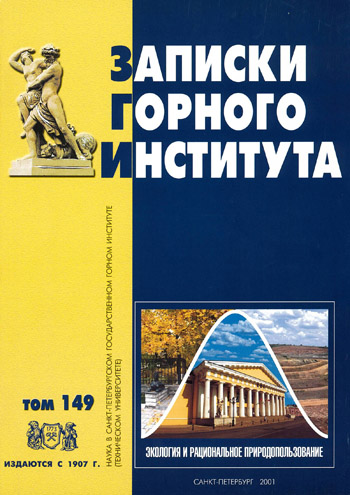Environmental monitoring of water and air migration of polluting components from the territory of sulfide-containing waste storage sites
- 1 — St. Petersburg State Mining Institute
- 2 — St. Petersburg State Mining Institute
Abstract
Mining and mining-processing enterprises are one of the most intensive sources of environmental pollution by solid wastes, which make up more than 90% of the volume of mined mineral raw materials. The result of such impact is the formation of technogenic massifs. Comparative analysis of the results of monitoring of technogenic massifs has allowed us to identify a number of regularities of their impact on the natural environment: The technogenic array is a lithochemical halo of pollution; The result of dust and gas emission from the surface of the anthropogenic massif is the formation of atmochemical and redeposited lithochemical pollution halos, pollution of vegetation and near-surface sediments; Temporary and permanent flows from the anthropogenic massif carry out and re-deposited rocks, which causes the formation of hydro- and lithochemical pollution flows; Infiltration of natural waters through technogenic sediments leads to the formation of hydrogeochemical halos and pollution flows.
